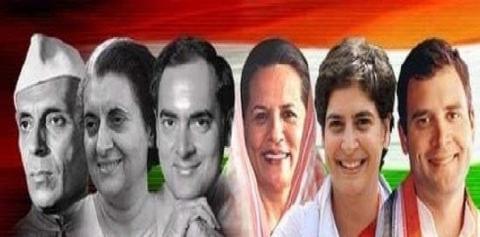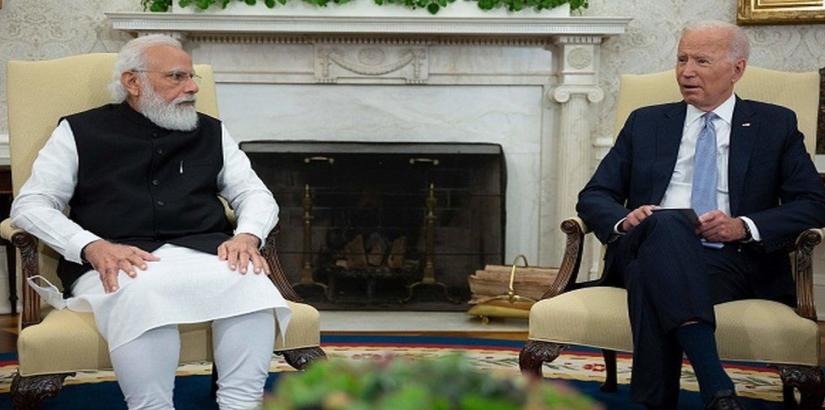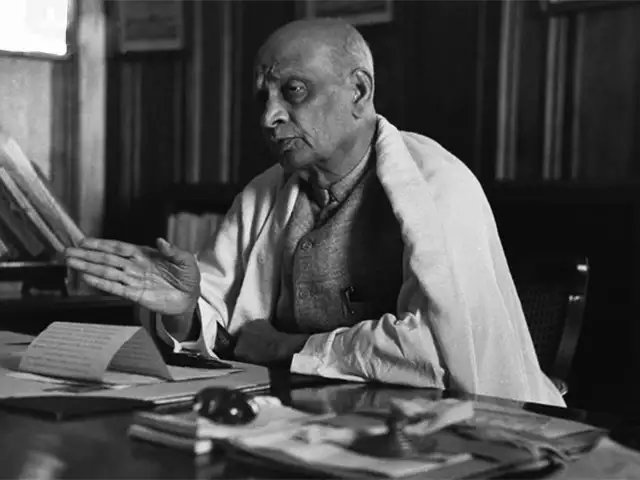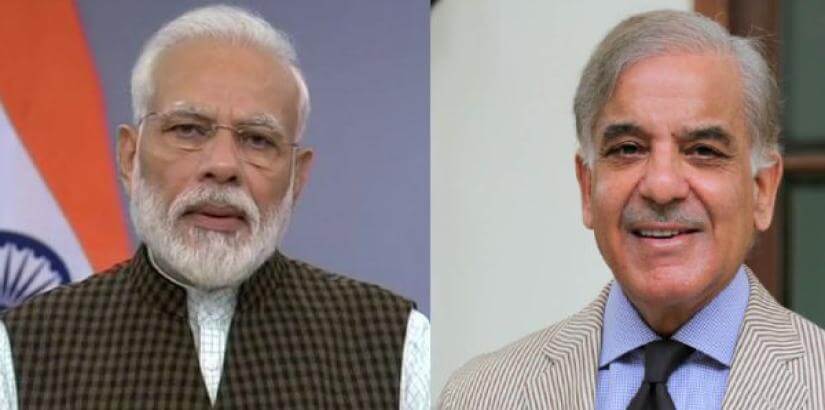Amulya Ganguli
As old-timers in the Congress, the 20-odd letter writers calling for a “visible” and “active” leadership of India’s main opposition party must have known that instead of giving them a patient hearing, their missive will set off a tsunami of sycophantic protests and rallying around behind the party’s first family – the Gandhis.
But, if they nevertheless went ahead with presenting their demand, the reason apparently was the belief that their numbers and long record of service would prevent the family from dismissing their complaint with an order of suspension, as has been the fate of a spokesperson who had also called for revamping the organization some time ago.
Except for one party member calling for disciplinary action against the “rebels”, the Congress Working Committee, which considered the letter for seven hours, responded, albeit in a bureaucratic fashion, by setting up a committee to assist the interim chief, Sonia Gandhi. It was a concession that the family was not the be-all and end-all of the organization.
But it is not known whether she or her son will listen to the committee, especially if it offers advice contrary to their line of thinking. As the chorus in the Working Committee in Sonia’s favor and also for the family showed, the party has become too accustomed to pursuing a docile course in deference to the family that it will be a herculean task for a group to break the habit, not least because they, too, have pledged their loyalty to the Nehru-Gandhis.
Rahul’s elevation inevitable
There is every possibility that if and when an All India Congress Committee plenary session is held, probably early next year, it will endorse Rahul Gandhi as Sonia’s successor as in 2017. And, if an internal election is held, the chances of anyone brave enough to stand against a Nehru-Gandhi are minimal, as will be his or her ability to win against the family’s masses of common supporters.
It was an accident of history, however, which made the Congress fall in the trap of dynastic rule. If Lal Bahadur Shastri hadn’t died in 1966 and Indira Gandhi not become prime minister, virtually as her father, Jawaharlal Nehru’s successor with a gap of a mere one and a half years, the Congress might have evaded the monopolistic hold of the Nehru-Gandhis on the party.
Although the post of the president at the time remained for a few years in the hands of old hands like K. Kamaraj and S. Nijalingappa, it was Indira Gandhi’s growing dominance in national politics, especially after the “liberation” of Bangladesh in 1972 which ensured that the Congress could not conceive of life without the Nehru-Gandhis at the helm.
It will be foolhardy, therefore, to expect the party to start on a new course although both Rahul and Priyanka Gandhi have occasionally backed the idea of a non-Gandhi at the top, at least theoretically. However, the Congress’s return to power at the center in 2004 under Sonia further strengthened the party’s faith in the family.
There also wouldn’t have been any murmurs of discontent if Narendra Modi had not ambushed the Congress in 2014 by using the card of economic reforms, which Manmohan Singh had unwisely discarded during the period of the so-called policy paralysis because of Sonia’s “socialistic” pressure in favor of spendthrift welfare measures.
Accident of history
Moreover, there was yet another accident of history, for Modi was not the BJP’s unanimous initial choice. He was opposed by influential sections led by L.K. Advani, which included Sushma Swaraj, the late foreign minister, while others like Arun Shourie and Yashwant Sinha, both powerful former ministers, came out against him latter. But for the Congress’s self-goal in the twilight years of the Manmohan Singh regime, the “kati patang” (a severed kite) – as Shourie sardonically called the BJP in 2004 – might have continued to float aimlessly in the political sky.
It is a good sign, however, that the Congress is finally waking up. If the letter writers, which include veterans like Ghulam Nabi Azad, Veerappa Moily and Bhupinder Hooda, do not develop cold feet, the party may still be able to reinvent itself and pose a challenge to the BJP as it did even in its weakened condition in Karnataka and Madhya Pradesh before being outwitted by a resourceful BJP and the greed of the Congress’s own MLAs.
But, for all intents and purposes, the dynasty is here to stay irrespective of how much it is castigated by the party’s friends and foes. The psychological hold of the family is so strong that Congressmen have convinced themselves that the party will fall apart in its absence. The idea of an Amarinder Singh or A.K. Antony providing inspirational leadership is laughable.
But, can the ailing Sonia, a supposedly abrasive Rahul and a Priyanka carrying the burden of a tainted husband be inspirational? Or will the 135-year-old party slowly sink into oblivion to fulfill the BJP’s dream of a Congress-mukt (free) India?
Doubts about the dynasty’s ability to play a “visible” and “active” role will remain in view of Rahul’s reputation as a part-timer who occasionally disappears abroad. In fact, the speculation is that he was the foremost target of the letter-writers, since he is also believed to be dead against the so-called old guard.
As is unavoidable in a democracy, it all depends on how the Congress fares in the next round of elections. The party doesn’t have much of a chance in Bihar or West Bengal. But Punjab can be said to be in the bag as is Tamil Nadu as the DMK’s junior partner. In Assam, the Congress can improve its position in view of the split in the BJP-plus front with the All Assam Students Union breaking away. But the party can build on these gains only if the ‘family’ listens to what the letter has said.
(The writer is a current affairs analyst. The views expressed are personal.) South Asia Monitor







